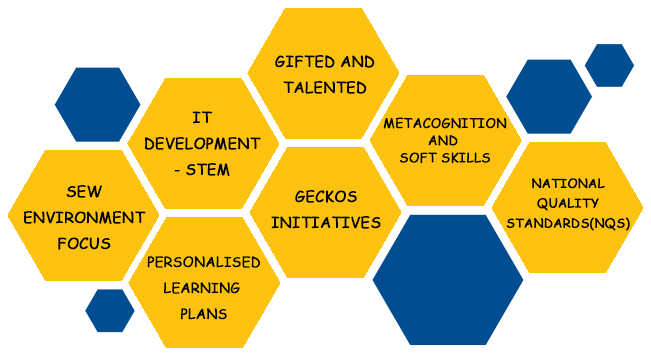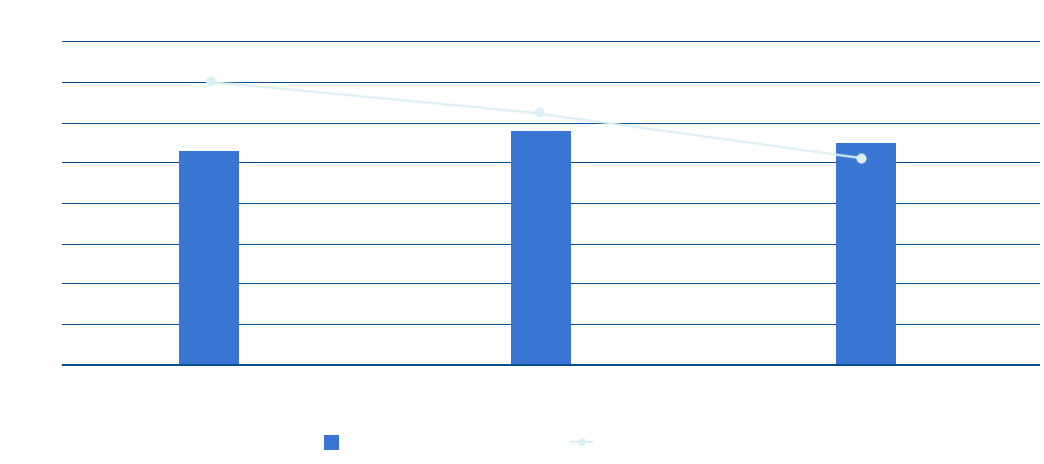While our school prepare for the next school year, school improvement plans (SIP) and goals are one of our most powerful leadership tools.
Setting School Goals and Evaluating School Progress
Setting goals is a critical area of educational leadership that can directly and indirectly impact student achievement. The goals that school leader set affect behaviors and attitudes, and impact the capacity for growth, change, and improvement.

5 critical strategies for our USD school improvement plan goals

Technology
Our Technologies Department is developing well under our leadership teams. We are focussing in multiple areas of pragmatic teaching for student learning, growth and success.
We use Analytical Tools in order to measure our focussed areas of Learning & Engagement of Students.
Key Focus Areas For Learning In 2021

Key Focus Areas For Engagement In 2021

5 Key Indicators USD School Performance

Measures of USD School Improvement
I. School Environment
School Culture
- Student attendance rate
- Rate of serious misconduct and violence
- Assessments of follow-through on implementation plans by school administration and staff
- Infrastructure improvement (such as dollars invested and response time to maintenance problems)
School Connectivity
- Parent engagement and satisfaction metrics (such as participation in meetings)
- Partnerships (such as funding raised from philanthropy and community satisfaction survey metrics)
Teacher and School Leader Engagement and Effectiveness
- Teacher attendance and retention rate of effective staff
- Rate of participation in collaborative decision making and planning time
- Desire for and implementation of targeted professional development
- Focus on student learning based on content and time on task
- Value-added academic measures based on interim assessments of student progress
- Use of data to improve the quality of teaching
- Amount of principal�s time spent on improving teaching and learning
II. Student Performance
Measures of Student Progress
- Rate of earning credits and grade-level advancement
- Absenteeism and dropout rate
USD Graduation Rate

USD Outcome variance by in ACT scores

Attendance Rate

Behavior Incidents

Students Outcome
- Rate of students performing at grade level by subject area
- Rate of proficiency on state assessments
- Graduation and college-going rate